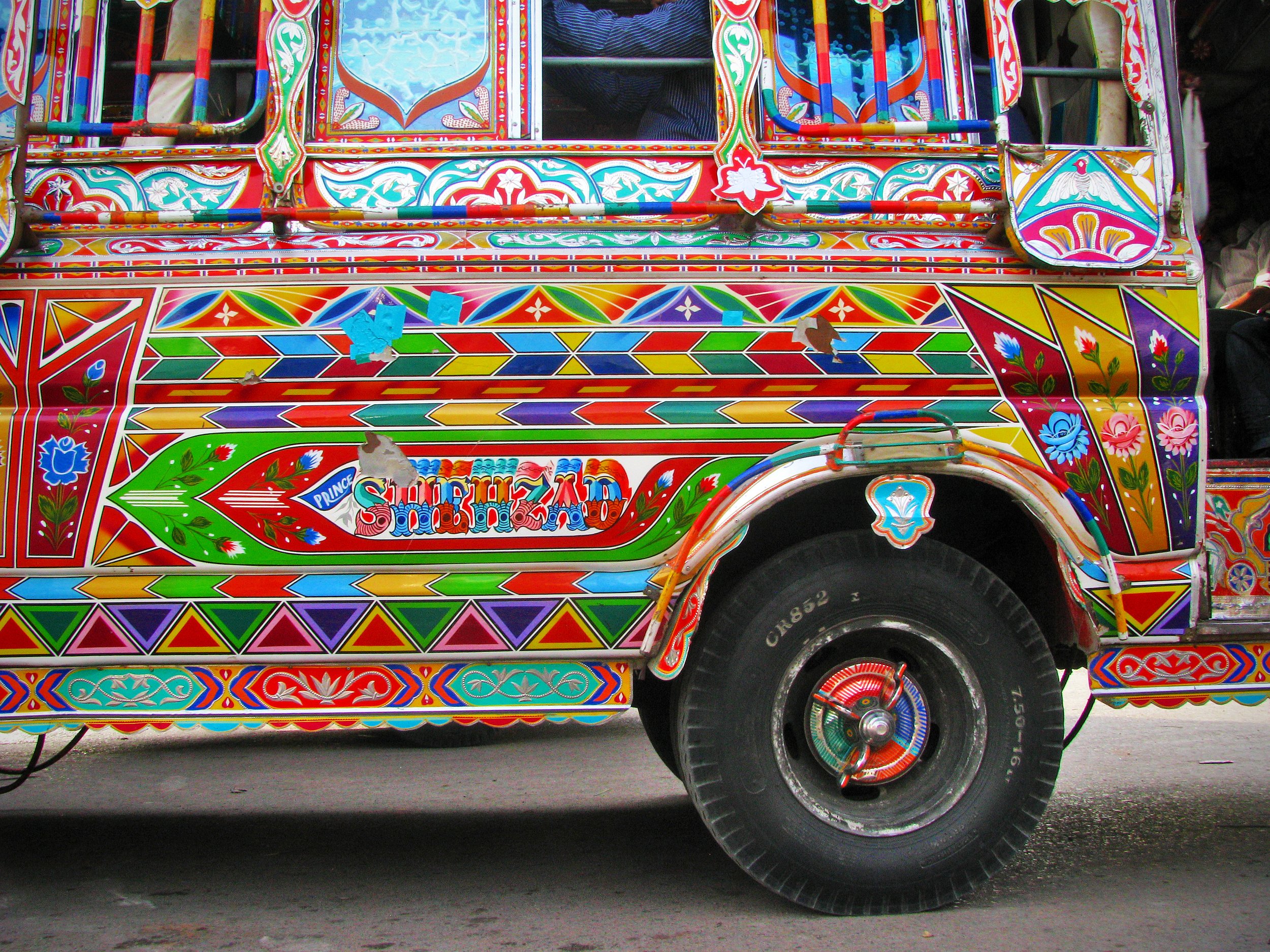Why we’re calling it
popular transportation
The words and terms we use matter…
There’s confusion about what to call the privately provided, publicly serving local transportation services and systems that emerge in nearly every city in the Global South.
They go by many local names—ojeks, tuk-tuks, jeepneys, matatus, danfos, dala dalas, boda bodas, minibus taxis, microlets, angkots, marshrutkas, diablos rojos, bajajas, colectivos, boda bodas, dollar vans, etc. They run on two-wheels, three-wheels, or four-wheels. They are pedal or motor powered. They can even be electric.
In research and policy, we call them “informal transportation,” “paratransit,” “intermediate public transit,” or “artisanal public transportation.”
Until recently, we used these words interchangeably. But, the more we understand, the more we realize that these terms are wholly inadequate. They define these systems by what they are not and miss out on what they are—homegrown, emergent, widespread, self-organizing, self-sustaining mobility.
We think the better term is “POPULAR TRANSPORTATION.”
Dr. Jackie Klopp of Columbia University first proposed the idea. Her term captures the essential qualities of these systems. It tells us how ubiquitous they are, who they serve, and who runs them.
Popular because they are everywhere. They are indigenous and endemic. These systems proliferate in almost every city, town, village, and rural area of low- and middle-income countries. They also operate in the underserved fringes of high-income countries. They are so common that these systems likely move more people worldwide than all other modes combined.
Popular because these privately provided transportation services emerge everywhere to meet the demand for affordable, flexible mobility, especially where government-run public transportation is absent or inadequate. Popular transportation is for everyone who needs mobility. It particularly serves the trip chaining patterns of women and caregivers pursuing their everyday chores that are not the home-to-work commute.
Popular because they employ millions of drivers and operators and create livelihoods for hundreds of millions more. They are run in small fleets by small entrepreneurs and small investors, usually members of the same family. They run their small enterprises usually without any government subsidies or incentives.
Popular because it contrasts against modes usually preferred by planners and policymakers. Okadas and ojeks rarely make it to the list of options when we try to “solve transportation problems.” (As Dr. Klopp says, these systems are “strongly present on the street…(but) often absent from planning, policy, and projects.”)
(Popular transport is also seen as anti-modern. We do not invest in them: We ignore them in the climate fight. We assume they will disappear when we modernize our transport systems. Except, of course, they don’t.)
Let’s call it popular transportation because it is transportation created by people to serve people.
While we don't want to minimize or ignore the challenges and problems associated with these homegrown solutions in terms of road, vehicle, or passenger safety, accessibility, or sustainability, calling them popular validates their history and existence.
Popular acknowledges that:
People create their own mobility services because they and their communities were excluded from transportation investments and discriminated against. (Often because of the colonial experience and neocolonial forces.)
People resort to organizing their own mobility solutions, especially in rapidly growing towns and cities where urban growth is faster than any government’s ability to plan and deploy transportation services.
No less important, popular calls to pop culture. Locals celebrate these services in songs, poetry, stories, and art. They are very much a part of local identity and local experience.
Manila sings about its jeepneys, Kyiv about its marshrutkas, Abidjan raps about gbakas. Reggaeton was born in the colectivos, diablos rojos and chicken buses of Central America.
Popular is art on the vehicles and art on the streets. Karachi, Dakar, Manila, and Guatemala City would lose so much of their color without the rolling artwork of local popular transportation.
Matatus and car rapides are gloriously and extravagantly painted by local artists. They express identity. They express hopes, desires, and aspirations. Popular because local mechanics and tradespeople design, assemble, and customize the vehicles—a celebration of grassroots ingenuity and the neighborhood “can do” attitude.
For the many reasons above, we move to call it, henceforth, POPULAR TRANSPORTATION and drop all other terms.

